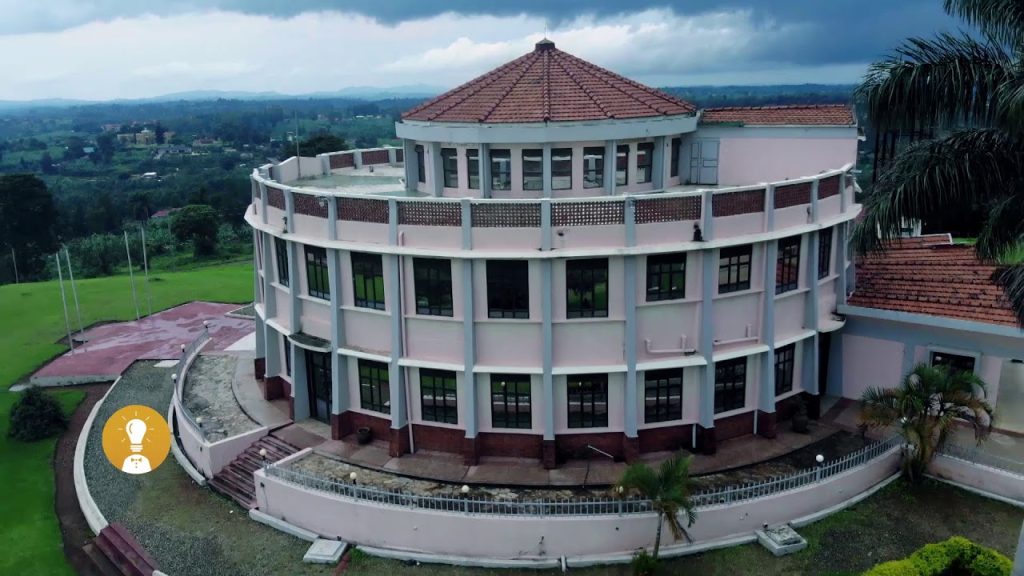
The Tooro Kingdom, a historic Bantu kingdom is a strong and significant cultural institution full of cultural richness of its people, the Batooro.
The kingdom is currently ruled by King Oyo Nyimba Kabamba Iguru Rukidi IV, who ascended the throne at the tender age of three following the death of his father, Omukama Patrick David Matthew Kaboyo Rwamuhokya Olimi III, in 1995. This young monarch symbolizes continuity and the enduring legacy of the Tooro Kingdom. The Kingdom is now 200+ years.
The kingdom, like its counterparts Buganda, Bunyoro, and Busoga, faced abolition in 1967 when the Ugandan government dissolved the traditional monarchies. However, the monarchy was reinstated in 1993, restoring a crucial aspect of their identity and governance by the NRM government.
The Batooro share linguistic and cultural similarities with the Banyoro, speaking closely related languages—Rutooro and Runyoro. This shared heritage fosters a strong cultural bond between the two groups. Among the most distinctive features of Batooro culture is the Empaako naming system. This unique practice involves bestowing one of twelve special names upon individuals in addition to their given and family names. These names, such as Amooti, Abbooki, and Akiiki, are used as terms of endearment, respect, and affection, reinforcing social unity and identity. The use of Empaako names can diffuse tension and promote peace, symbolizing the community’s values of respect and reconciliation.
Aerial views of the Tooro Palace, situated atop Karuziika Hill, reveal a majestic structure overlooking Fort Portal Town. This palace is not just a royal residence but a symbol of the kingdom’s grandeur and history. The palace’s location offers a commanding view of the surrounding landscape, embodying the kingdom’s historical significance and its cultural heart.
The cultural allure of the Tooro Kingdom has transcended borders, influencing international artists. The Austrian painter Friedensreich Hundertwasser, who spent time in the region during the 1960s, created several artworks inspired by the kingdom. His works, named after Tooro, reflect the profound impact the kingdom’s culture and natural beauty had on him, showcasing the kingdom’s ability to inspire creativity and art.
Tourist Attractions at the Palace
The palace is an iconic symbol of the Tooro Kingdom. Built in a traditional style, it features intricate designs that reflect the cultural identity of the Tooro people. Visitors can tour the palace grounds, admire its architecture, and learn about the history of the kingdom and its monarchy.
The royal regalia and artefacts displayed within the palace offer a glimpse into the opulent past of the Tooro royalty.
Royal Tombs
Adjacent to the palace are the royal tombs, where the former kings of Tooro are laid to rest.
These tombs are sacred sites, meticulously maintained and open to visitors who wish to pay their respects and learn about the lineage of the Tooro monarchy.
The tombs are often adorned with traditional Tooro art and symbolism, making them a significant cultural and historical attraction.
Request for a Quote
The Baha'i Temple in Kyebando, Kampala, Uganda, stands as a radiant symbol of unity, peace, and spirituality.
This architectural marvel, often referred to as the "Mother Temple of Africa," is a significant landmark not only for the Baha'i community but also for the broader Ugandan society.
The inception of the Baha'i Faith in Uganda dates back to the early 1950s when the teachings of Baha'u'llah, the founder of the Baha'i Faith, first reached the country. Over the decades, the Baha'i community in Uganda grew steadily, fostering principles of unity, equality, and service to humanity.
Write Your Review